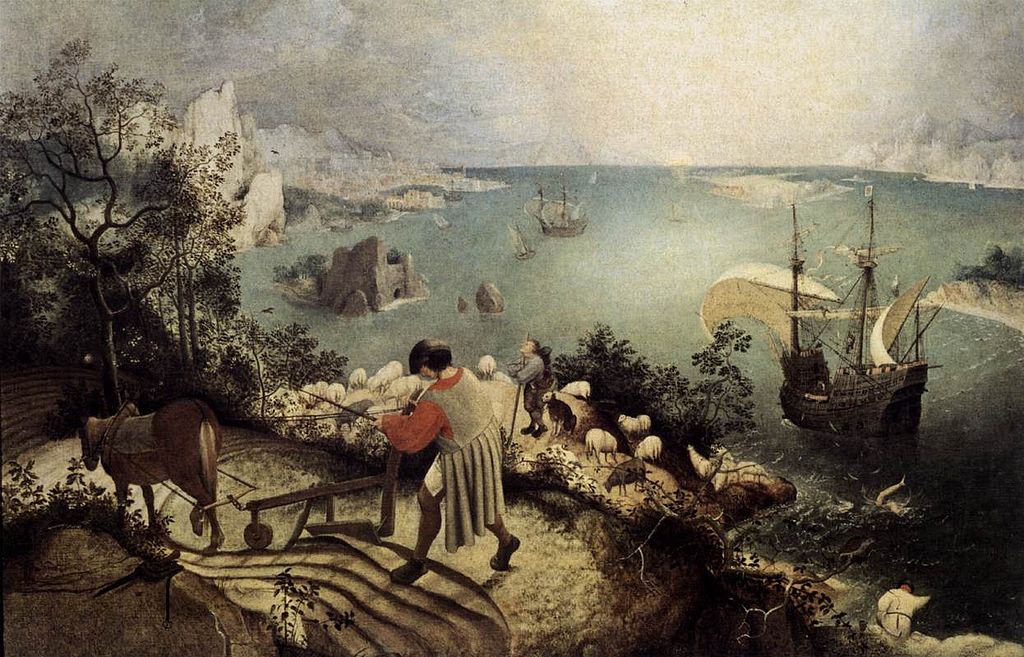Seth Godin’s new book ‘The Icarus Deception: How High Will You Fly? ‘ has garnered a great deal of publicity lately, and rightfully so. It’s a good book by an impressive and visionary author. Quite aside from the content (which is great) the story of how the book came to be is a story in itself. Seth wanted to change the publishing paradigm that places enormous risk on the author and publisher by funding books before fully understanding the ultimate demand for them. He used the traditional publisher, but did so after he used Kickstarter to test the market among his followers (his tribe) and activate his fans long before the book was published rather than at the time of publishing as is traditionally done. It was a huge success. The goals of his Kickstarter project were met within a few hours and within days over $250,000 was committed. By launching the book as a Kickstarter project he was able to prove its viability. That is how the book came to be. What is the book about? Creating art. I want to talk about the art in this painting and what it tells us about life and the art we can create if we look around.
‘ has garnered a great deal of publicity lately, and rightfully so. It’s a good book by an impressive and visionary author. Quite aside from the content (which is great) the story of how the book came to be is a story in itself. Seth wanted to change the publishing paradigm that places enormous risk on the author and publisher by funding books before fully understanding the ultimate demand for them. He used the traditional publisher, but did so after he used Kickstarter to test the market among his followers (his tribe) and activate his fans long before the book was published rather than at the time of publishing as is traditionally done. It was a huge success. The goals of his Kickstarter project were met within a few hours and within days over $250,000 was committed. By launching the book as a Kickstarter project he was able to prove its viability. That is how the book came to be. What is the book about? Creating art. I want to talk about the art in this painting and what it tells us about life and the art we can create if we look around.

This painting, attributed to Pieter Bruegel the Elder (although now thought to be a copy of an earlier work of his), has held my interest since I first studied it in college, I think in the typical undergraduate elective called ‘Appreciation of Art: 101’. At first glance you cannot tell that a man is drowning in the foreground. There… look by the boat. That’s Icarus, and as we know from the account by Ovid in Metamorphoses, he flew too close to the sun and fell from the sky, drowning after the wax holding his feathers melted.


